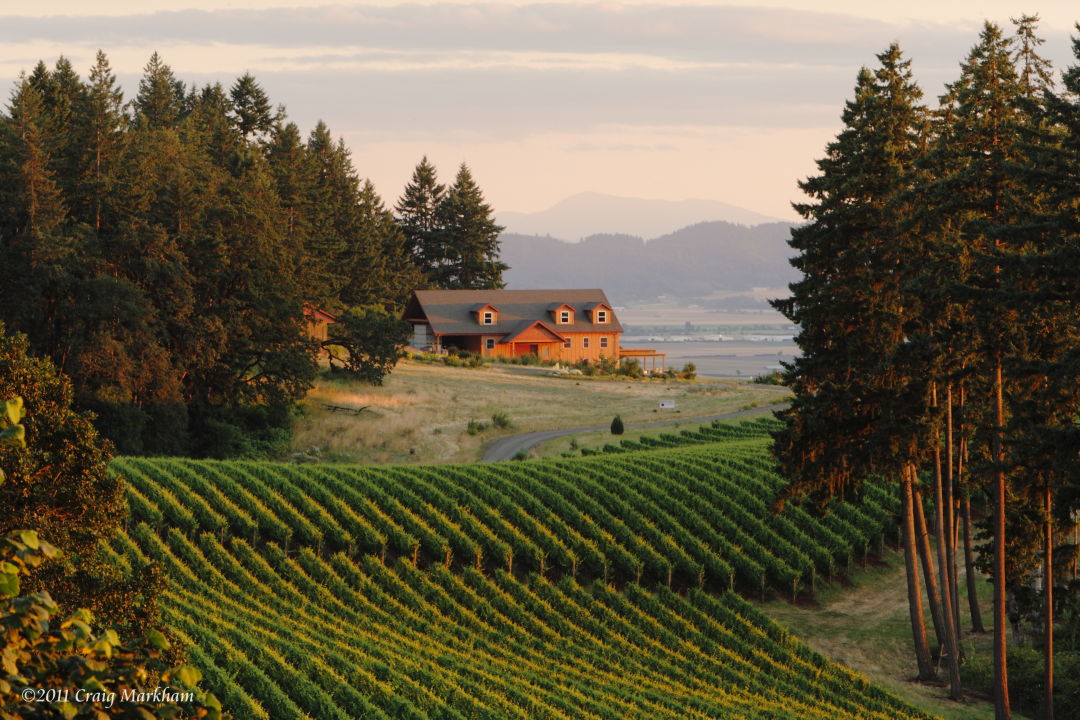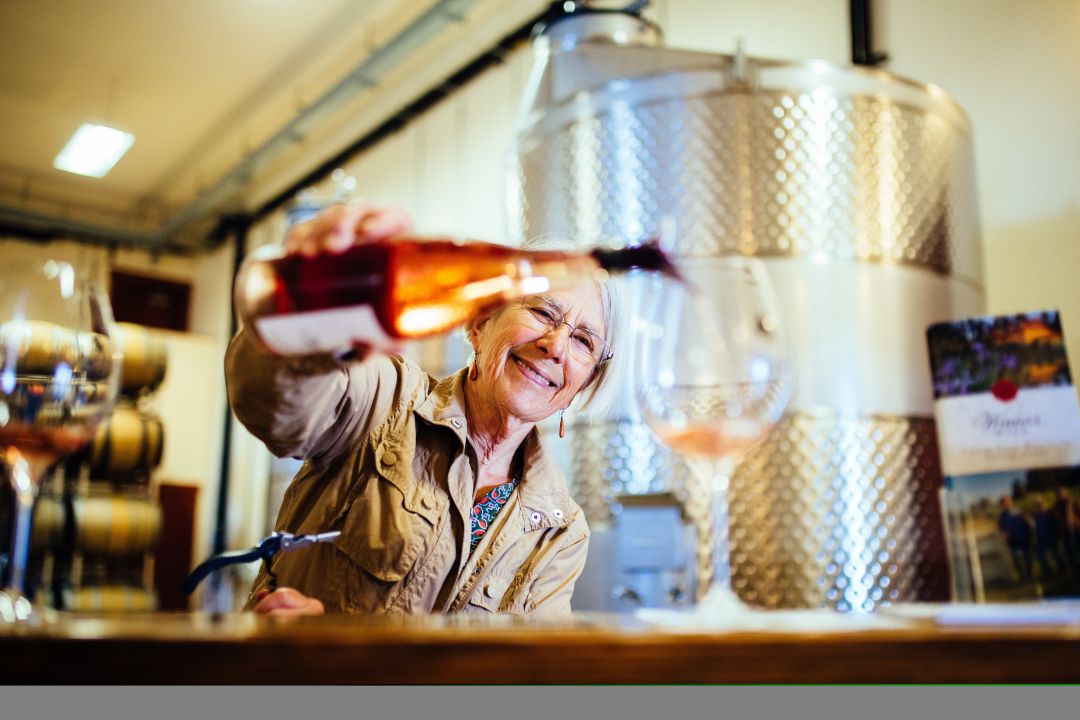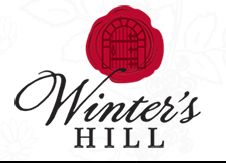Bees, Birds, and Pinot Take Center Stage at Winter’s Hill Estate in the Dundee Hills

From an idyllic perch in the Willamette Valley’s famed Dundee Hills, winemaker Russell Gladhart walks through vineyards soaked in late afternoon sunlight with his mother, Emily—a tradition at their third-generation family operation. Both are firm believers in the adage: “The best fertilizer is the footprint of the farmer.” And it’s a sentiment that rings true across all aspects of their wine business.
Originally from the mid-west, Emily and her husband Peter Gladhart moved to Oregon in 1990 to take over the family farm purchased by her parents in 1961. With the encouragement of pioneer winegrowers, they planted Pinot Noir & Pinot Gris in 19 acres of a former seed grass field. Over the years, their vineyard grew to thirty-five acres and now includes plantings of Pinot Blanc, with the oldest block of Pinot Noir Block 4 more than 30-years old. When visiting the family estate, it’s clear that preservation has always been top of mind for the Gladharts.
At the crest of the hilltop vineyards, you can see the snow-capped peaks of the Oregon coast range, and swaths of forest framing the vines. While developing their vineyards, the family was careful to preserve stands of Oregon White Oak and Douglas Fir woodland. “The Oregon white oak provides food and habitat for up to 250 species of wildlife,” says Emily, as she points to a cluster of 200-year old oak trees.
The winery leverages sustainable farming practices in many ways — from following LIVE and SalmonSafe practices, to devoting part of their 100-acres to native plants, oak savanna and pollinator habitats to support butterflies and bees. Throughout the year, Emily tends to native plants such as pearly everlasting, Kinnikinnick, Douglas aster, Oregon iris, trillium, and native honeysuckle among others. Around the vineyard, 20-foot tall raptor poles and 70-foot Douglas Fir attract natural predators to combat rodent and avian pests. “In the evening you can hear the soft hoot of a Great Horned Owl,” says Russell.
“We see our winery as a multi-generation pursuit,” he adds, “so we invest in projects that we won’t see the result of for a decade or more. One of the fun parts of this business is that you are connected to a piece of land long enough to watch great things come to life.”

From Preservation to Pinot
To get a sense of place, guests can schedule guided estate walks that end with a wine tasting and picnic in the vineyard. Or just head to the winery, which doubles as the tasting room, and is open all year round. “We like to do the tasting right in the winery with the tanks and the barrels and the forklift,” says Russell. Sure, he says, it can get a little noisy, and it’s constantly bustling come harvest. “But people want to learn how the wine is made. They can see the process from tank to barrel and understand the journey better,” he adds.
Starting in 2005, Russell’s wife, Delphine Gladhart, a native of Lyon, France, was making the wine. In 2015, he took the reigns as she moved into a research position with ETS Laboratories. Both studied winemaking in Beaune, France, which led them to establish a traditional Pinot noir program at Winter’s Hill. “We don’t use much new oak, and we build our wines to have a lot of structure, and tannin and body from the fruit,” says Russell. “Our focus is highlighting the vineyard—we want the fruit to play the leading role and the barrel a much more secondary role.”
More than 50 percent of the vineyard’s Pinot Noir plantings are Pommard; a selection that Russell finds is a great fit for their site, producing wines with richness and complexity. In order to preserve the unique qualities of individual vineyard blocks, and to produce their Single Block Series, Gladhart and his team ferment each block separately in small tanks and punch-down by hand. Separate block fermentation means that he can produce single block (and single clone) bottlings, like their award-winning Pinot Noir Block 10 Whole Cluster, made with fruit from the highest elevation site planted to the Pommard clone.

This style of winemaking also enables him to evaluate the lots as they evolve over the next 10-18 months, then when it’s time to blend, he can select the best from that vintage for the reserve blend. “We have the benefit of working with the same estate vineyards year after year, which allows us to learn and make adjustments from vintage to vintage,” says Russell.
In the tasting room, the flight always features at least two different vintages to try. “We want the tasting to be educational and to give visitors a chance to experience vintage variation,” he says. To dive a little deeper into the pinot noir program, the winery also offers a guided comparative tasting of single block bottlings and library wines that’s available with advance reservations.
One of the exciting developments over the past few years at the winery centers around the white wine program and experimenting with barrel fermenting the estate pinot blanc and pinot gris. “With our west facing slopes and cooler sites that receive ample ocean breezes, we can get the fruit a little bit riper without losing the acidity,” says Russell. This translates to more richness and fullness in the white wines. “The barrel fermentation adds that extra layer of complexity.” One of his recent favorite bottlings is the 2016 Pinot Blanc Reserve, a deeply aromatic white with a delicate hint of toasty notes from French oak barrels.
And when you visit the vineyard, you can walk the block where the pinot blanc—or pinot noir—is planted. “One of the great things about producing wine is that people can experience the place it came from, the exact hillside, the specific block, and you can share how it was grown and the unique weather patterns that shaped it.” That’s what we want to offer our guests, adds Russell. “A connection to people and place through our wines.”

